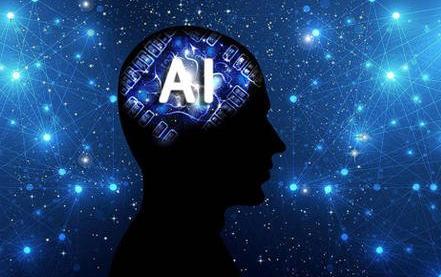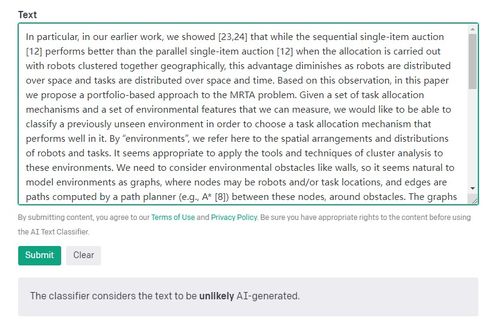
Unlocking the Power of AI: A Detailed Guide for You
Are you intrigued by the capabilities of artificial intelligence (AI)? Do you want to delve deeper into how AI can transform your life and work? Look no further! This comprehensive guide will take you on a journey through the multifaceted world of AI, providing you with valuable insights and practical knowledge. Whether you’re a beginner or an experienced user, this article is tailored to help you understand and harness the power of AI.
Understanding AI: The Basics

Artificial intelligence refers to the simulation of human intelligence in machines that are programmed to think like humans and mimic their actions. AI systems can perform tasks that typically require human intelligence, such as visual perception, speech recognition, decision-making, and language translation. To better grasp the concept, let’s explore some key components of AI:
- Machine Learning: This is a subset of AI that focuses on building systems that learn from data, identify patterns, and make decisions with minimal human intervention.
- Deep Learning: A subset of machine learning, deep learning involves neural networks with many layers, enabling the system to learn complex patterns and make accurate predictions.
- Natural Language Processing (NLP): This field of AI focuses on the interaction between computers and humans through natural language, enabling machines to understand, interpret, and generate human language.
- Computer Vision: This area of AI involves enabling computers to interpret and understand visual information from the world, such as images and videos.
Applications of AI: A Closer Look

AI has the potential to revolutionize various industries and aspects of our daily lives. Here are some notable applications of AI:
| Industry | Application | Benefits |
|---|---|---|
| Healthcare | Diagnosis, treatment planning, and patient monitoring | Improved accuracy, reduced human error, and enhanced patient care |
| Finance | Algorithmic trading, fraud detection, and personalized financial advice | Increased efficiency, reduced risk, and better decision-making |
| Transportation | Autonomous vehicles, traffic management, and predictive maintenance | Improved safety, reduced traffic congestion, and lower emissions |
| Education | Personalized learning, automated grading, and virtual tutoring | Enhanced learning outcomes, increased accessibility, and better resource allocation |
Challenges and Ethical Considerations

While AI offers numerous benefits, it also presents challenges and ethical considerations that need to be addressed. Here are some key concerns:
- Privacy: AI systems often require vast amounts of data, raising concerns about the privacy and security of personal information.
- Bias: AI systems can be biased, leading to unfair outcomes and reinforcing existing inequalities.
- Job Displacement: AI has the potential to automate tasks traditionally performed by humans, leading to job displacement and economic disruption.
- Accountability: Determining responsibility for decisions made by AI systems can be challenging, especially in critical applications like healthcare and autonomous vehicles.
Embracing AI: A Path Forward
As you explore the world of AI, it’s essential to stay informed and proactive. Here are some tips to help you navigate the AI landscape:
- Stay Informed: Keep up with the latest developments in AI by following reputable sources, attending conferences, and participating in online communities.
- Develop Skills: Invest in learning about AI, machine learning, and related technologies to enhance your knowledge and stay competitive.
- Engage in Ethical Discussions: Participate in discussions about the ethical implications of AI and advocate for responsible AI development and deployment.




